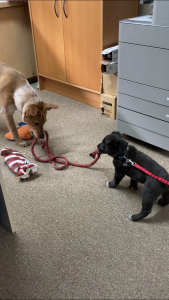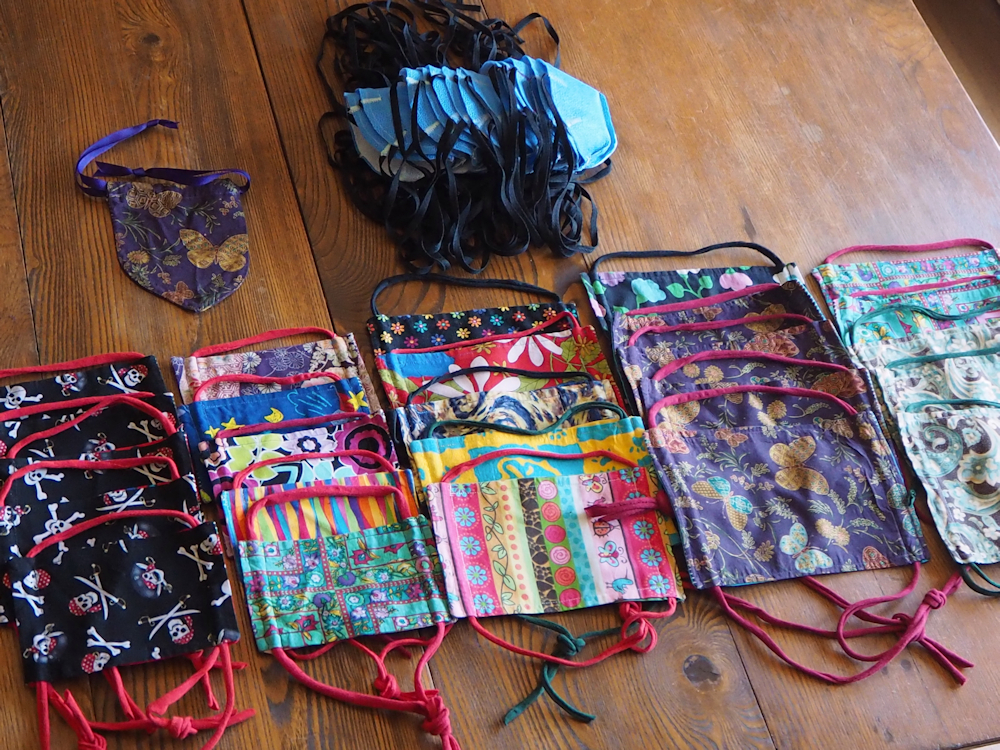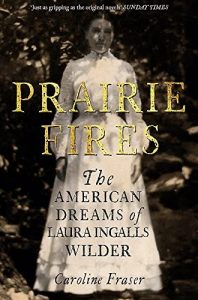This month has been a hell of a year. It would take me all of my space for this post to recount everything that has happened in the past 29 days, and honestly there’s no need, you were there too.
And you know what? I’m taking it personally. I started off the year thinking that this year I would hit all of my deadlines, got everything in early not just on time, got seven hours of sleep every night, and actually made dinner regularly. Oh, and I was also going to have enough time to make myself lunch ahead of time. Raise your hand if you think that lasted more than a week.
I see none of you took that sucker bet.
There’s been a thought in the back of my head, that has moved to the front of my head this week. How long do we give ourselves a free pass, by saying, “well it’s 2020.” Or, the 13th month of 2020. At what point do we know, it’s over, everyone has to get back to being competent again?
OK, whatever level of competence we had before *waves hands* all this started.
The answer is, depressingly, we’re not going to know. Not until we look backward and say, “oh yeah, around X, that’s when things started to get better.” And even then, we’re not going to suddenly discover that our focus has come back, our energy returned, our depressions lifted.
Trauma is never that goddamned considerate, or communicative.
So when I got the call from one of the shelters I volunteer with, asking if I’d be able to take in a six-week-old puppy, part of a litter that had been pulled from a bad situation and needed a fast home, I said, yes. Because hey, if you’re already drowning, why not dive?
This, like so many of my decisions in the past 13 months, was both horrible, and brilliant. Horrible, because six-week-old puppies need constant attention, and by that I mean, you’re up every hour and half, all night, to take them out and encourage them to pee and poo, hopefully but not always on the pad provided for that action. And if not, you clean it up, put them back in their kennel, and try to get 85 minutes of sleep before the next round. And then you do that all day, too, only without the sleep
Brilliant, because there is nothing like holding a small bundle of fur and heartbeat, and knowin g that you are its entire world.
g that you are its entire world.
(okay, me, and Max. Max turned out to be a pawsome big foster-sister.)
But also brilliant, because when I handed him off at the end of his fostering – and took a two hour nap – I suddenly realized that I had so much more energy and time to accomplish things than I’d had just a week before! Suddenly, everything was still painful, but manageable.
Of course it’s a mirage. Shhhhh. Don’t let my brain know.




 media and then inducing them to set up a GoFundMe for a medical emergency.
media and then inducing them to set up a GoFundMe for a medical emergency. The National Anthem made me cry.
The National Anthem made me cry. I just finished reading Prairie Fires, a biography of Laura Ingalls Wilder, which I recommend highly. The author of the eight Little House books, she wrote about her childhood during the push west by homesteaders and farmers. “I told the truth,” she said. “But not the whole truth.” The books are a “good parts” version of her life, but some important “truths” were omitted, because Wilder (and her daughter Rose Wilder Lane, who was her secret beta reader, line editor, and editorial advisor) took out things that didn’t underscore her narrative. The narrative? That her family (in particular her adored father, Charles Ingalls) survived and flourished through hard work, love, and self-reliance, and that self-reliance, a core virtue of westward expansion, is a uniquely American virtue.
I just finished reading Prairie Fires, a biography of Laura Ingalls Wilder, which I recommend highly. The author of the eight Little House books, she wrote about her childhood during the push west by homesteaders and farmers. “I told the truth,” she said. “But not the whole truth.” The books are a “good parts” version of her life, but some important “truths” were omitted, because Wilder (and her daughter Rose Wilder Lane, who was her secret beta reader, line editor, and editorial advisor) took out things that didn’t underscore her narrative. The narrative? That her family (in particular her adored father, Charles Ingalls) survived and flourished through hard work, love, and self-reliance, and that self-reliance, a core virtue of westward expansion, is a uniquely American virtue. Back in 2016, I wrote a series of essays following the presidential election, entitled “In Troubled Times.” Some of these strike me as valid now, “In Tumultuous Times” as then. This one is on “Emotional Sobriety.”
Back in 2016, I wrote a series of essays following the presidential election, entitled “In Troubled Times.” Some of these strike me as valid now, “In Tumultuous Times” as then. This one is on “Emotional Sobriety.”